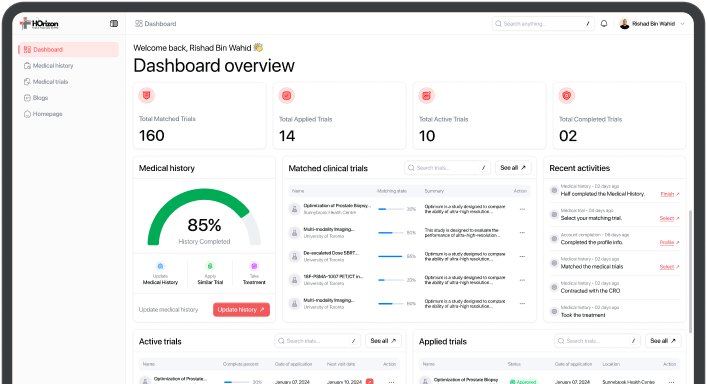
Signia Stapler Versus Vessel Sealer Extend Energy Device With SureForm Stapling in Robotic-Assisted Segmentectomy
Contact information
Yogita S Patel, BSc
St. Joseph's Healthcare Hamilton
Hamilton, Ontario, Canada, L8N 4A6
Basic information
Male, Other, Female
18-30, 31-40, 51-60, 41-50, 61-70, Over 70 Age
50 Enrollment
Trial Details
Brief Summary
Robotic-assisted thoracoscopic surgery (RTS) segmentectomy is safe and effective for patients with early-stage non-small cell lung cancer (NSCLC). In RTS-segmentectomy, dissection and sealing procedures are performed by either staplers or energy devices. Staplers, the current standard of care, have been associated with higher operating costs compared to energy devices for open lobectomy, RTS lobectomy and minimally invasive segmentectomy. However, there is a lack of prospective research evaluating the costs of the two methods for lung dissection and vessel sealing in RTS-segmentectomy. This prospective trial seeks to determine whether it is feasible to conduct a randomized controlled trial evaluating the costs of the Signia stapler versus Vessel Sealer Extend energy device in RTS-segmentectomy for NSCLC. If this trial is feasible, we will be able to conduct a full-scale trial to compare costs and health outcomes, providing an economic evaluation that will inform hospital decision makers and clinicians in Canada.
Official Title
The Feasibility of Assessing Economic Costs of the Signia Stapler Versus Vessel Sealer Extend Energy Device With SureForm Stapling in Robotic-Assisted Segmentectomy for Lung Cancer
Selection Criteria
Eligibility Inclusion Criteria
-
- Age between 18 and 120 years at time of consent
- Ability to speak and understand English
- Clinical stage I, II or IIIa NSCLC
- Candidate for RTS segmentectomy, as determined by the operating surgeon
Eligibility Exclusion Criteria
-
- Anticoagulation with inability to cease anticoagulant therapy prior to surgery
- Incurable coagulopathy
- Systemic vascular disease or vasculitis
- Not a candidate for RTS segmentectomy
